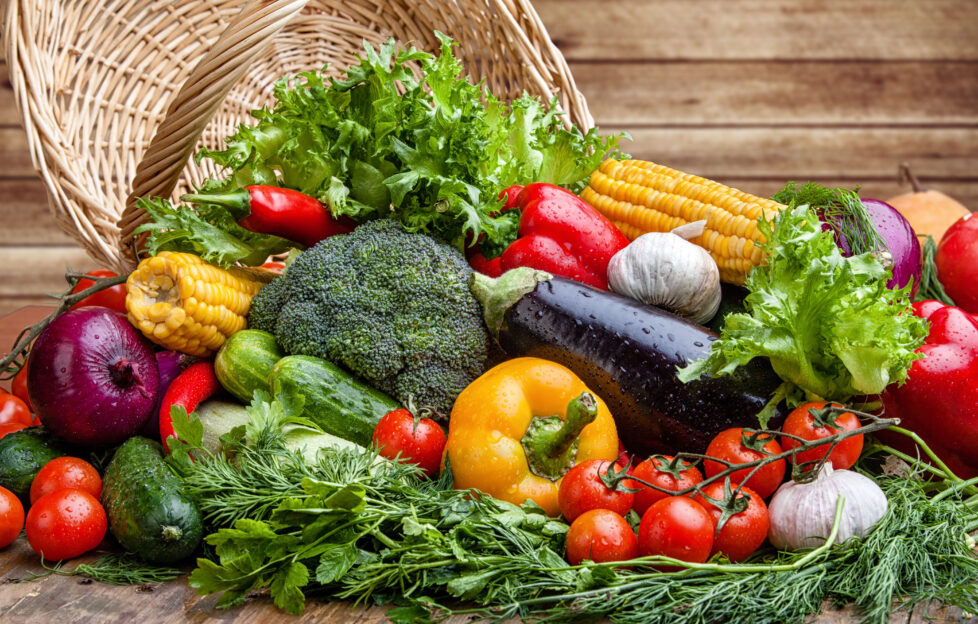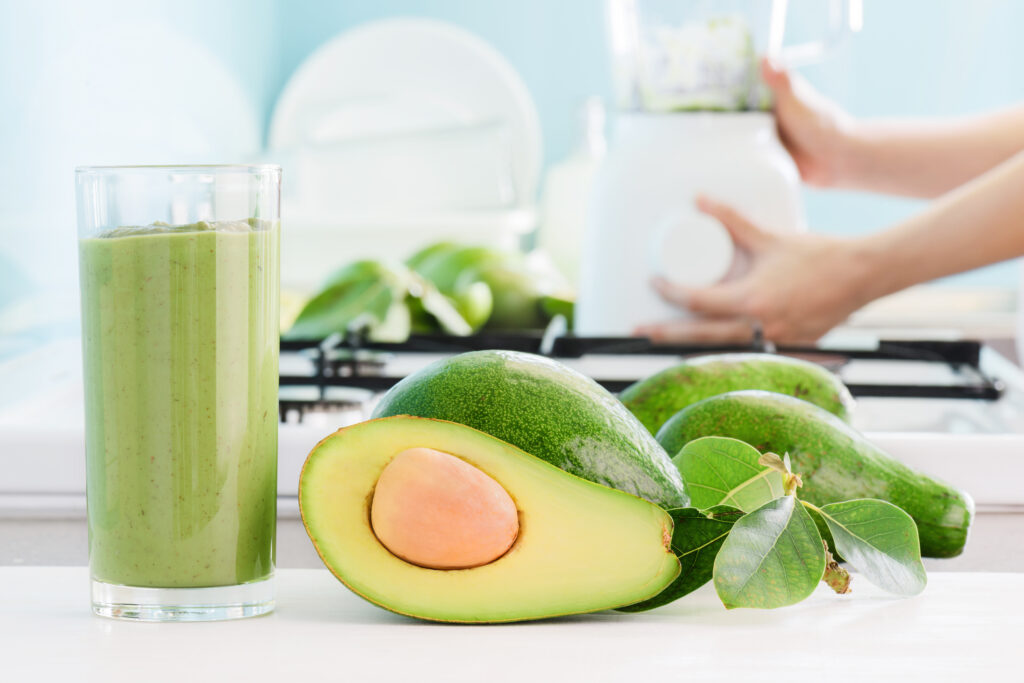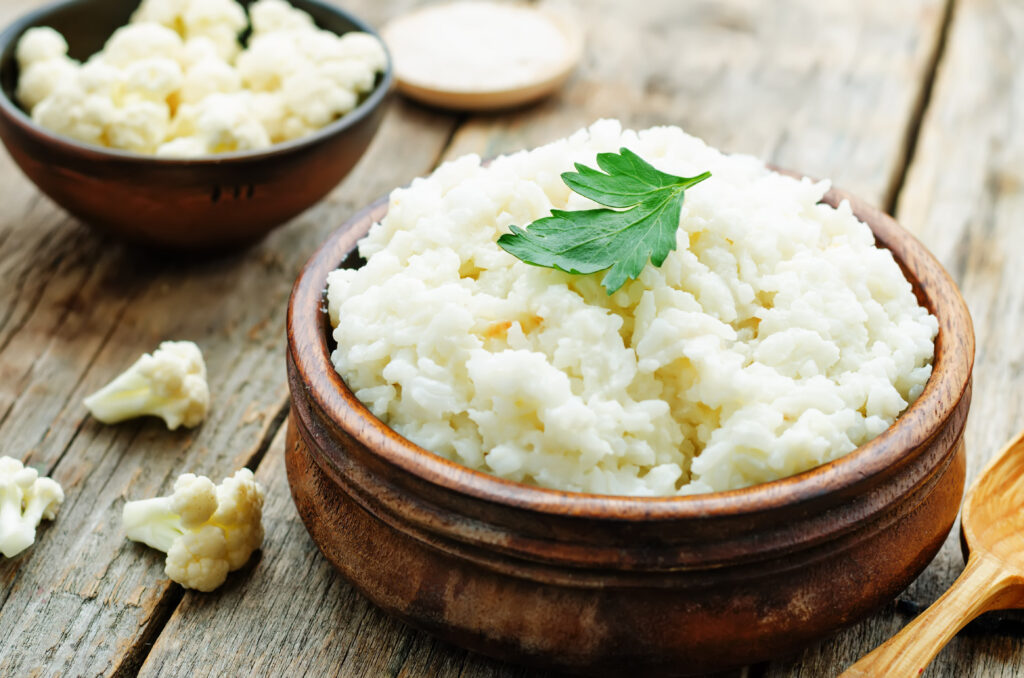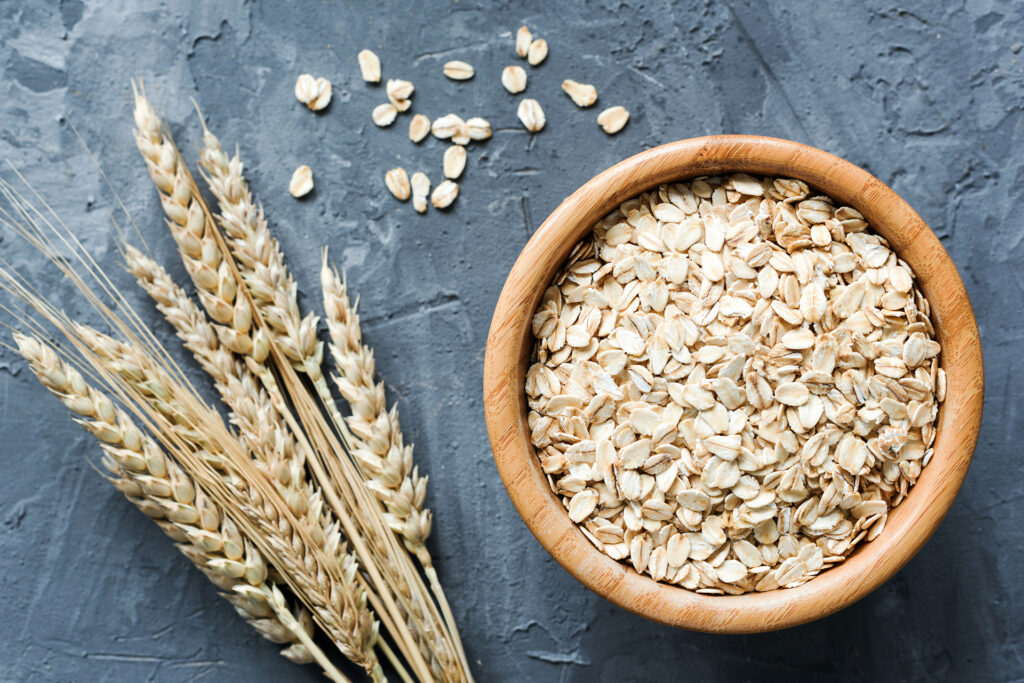Want To Up Your Daily Servings Of Healthy Vegetables? We Can Help!

By Tim Goodwin, founder of Lean Greens
Vegetables are needed in a staple diet, but it can be difficult to consume the recommended daily 2-3 servings. Vegetables carry a lot of healthy nutrients such as folate and vitamin A, so it’s important to have a balanced diet to intake enough each day. If you have weight management goals, vegetables can help fill you up since they are rich in fibre. This helps prevent you snacking on high calorie foods in between meals.
If you don’t like the taste of certain vegetables, why not consider preparing them in a different way? For example, kale might taste bland steamed, but seasoned with salt and pepper before roasting creates a crunchy texture.
To help you add more veg into your everyday diet, founder of Lean Greens, Tim Goodwin has shared his top tips.
1) Add veg to your sauces
Adding vegetables to your sauces is an effective way to increase your intake. Simply pour your existing sauce in a blender and add in your choice of veggies such as kale or bell peppers and combine. The additions won’t tamper with the flavour much, but your body will benefit from the extra nutrients. This works well for pasta dishes; any leftover sauce can be used in another meal or as a side dip.
2) Make a smoothie
Make a tasty vegetable smoothie if you struggle to consume your five a day. Instead of chopping lots of vegetables during your hectic morning, scoop 2 tablespoons of Super Greens Powder into your smoothie. This way, you can instantly add in 18 vegetable nutrients to your daily consumption. The ingredients are easily absorbed and utilised by your body as the drink is packed with raw vegetable ingredients. Mix the powder with coconut water and fruits to create a healthy yet tasty drink.
3) Bake with them
Although adding vegetables into your chocolate brownie mix sounds unappealing, you’ll be surprised at the result. Some of the best bakes include hidden vegetables such as sweet potato and beetroot. Instead of masking the sweet flavour, vegetables add more moisture and texture to bakes without extra taste. It also allows a reduction in butter and oil, due to natural water properties in veggies such as pumpkin. Simply add some grated vegetables to your classic cake batter and remember to adjust the cooking time due to the increased moisture.
4) Use cauliflower instead of rice
A ½ cup of riced cauliflower has only 13 calories compared to 100 calories of the same serving of white rice. To rice, cut the cauliflower into chunks including the cores and place into a food processor. Pulse until the cauliflower resembles rice texture. It’s best to work in batches to ensure you don’t over process and create a mushy texture. Once complete, lightly cook and season to remove any bitter flavour for the perfect rice
substitute!
5) Make a hearty soup
You can pack a lot of vegetables in a hearty soup and have enough left over for the whole week. Soups are a great way to consume multiple vegetables at once, use them as the base and top with the spices of your choice. Puree broccoli for an extra intake of vitamins, minerals, and fibre. Vietnamese pho soup is a tasty choice packed with spinach and pak choi.
6) Make a wrap with lettuce
Use lettuce as a substitute for bread and tortillas. Lettuce wraps can be used in several dishes to create low carb sandwiches and naked burgers. There are endless filling choices to choose from such as chickpeas and turkey ham. Additionally, lettuce leaves only contain 1 calorie, a sharp reduction in comparison to bread.
7) Add veg to your morning porridge
Veggies for breakfast has been around for decades. Think avocado on toast, roasted mushrooms on your eggs and sauteed spinach. You can mix veg with your morning porridge through various preparation methods. Pumpkin and beetroot can be pureed, and carrot, zucchini and parsnip can be grated before mixing into your porridge. If you wish to soften the vegetables, add directly to the porridge as it cooks or blanch quickly in hot water.












